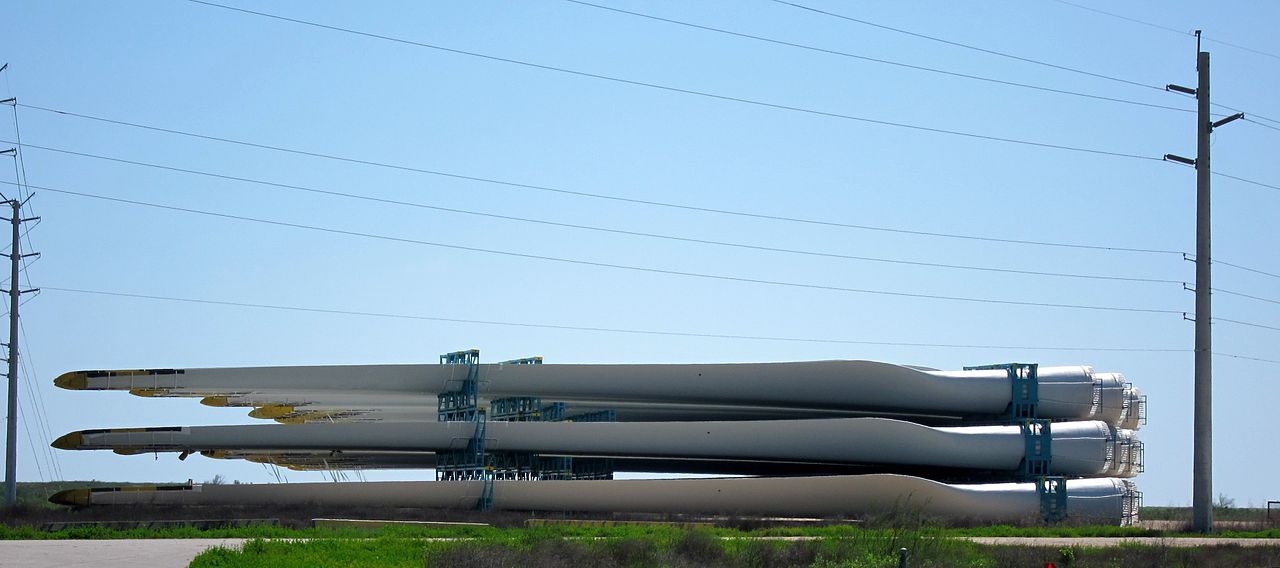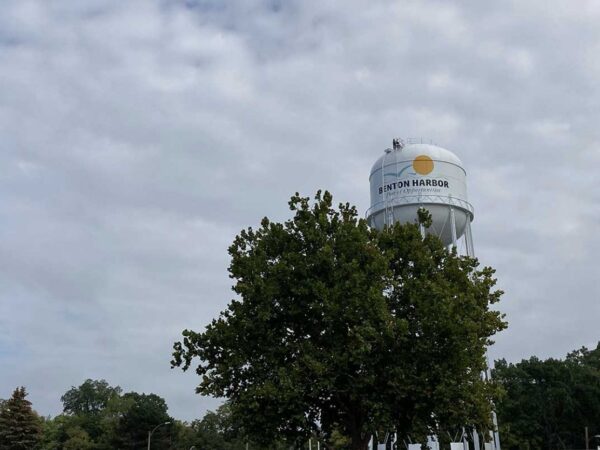
Keep up with energy-related developments in the Great Lakes area with Great Lakes Now’s biweekly headline roundup.
In this edition: Port of Duluth flooded with wind turbine parts to meet demand, Iowa State researchers tackling problem of ice on wind turbine blades, Ohio coal company files for bankruptcy, petition to repeal anti-nuclear bailout House Bill 6 fails to meet signature count, Duluth climate group opposes Wisconsin gas plant, Cleveland looks at more solar energy, and a study claims the Great Lakes region stands to gain a lot in health benefits from more renewable energy.
![]() Port of Duluth inundated with wind turbine parts – Post Bulletin
Port of Duluth inundated with wind turbine parts – Post Bulletin
- The Port of Duluth broke records in terms of tonnage processed this past week with over 306,000 freight tons of wind turbine blades, towers and other parts that were processed at port facilities. Wind turbine parts first started entering the Port of Duluth back in 2006 and have steadily grown, partially responsible for the port’s $25 million investment in expanding and updating dock infrastructure.
![]() Iowa State researchers investigating ice repellent for wind turbine blades – Energy News Network
Iowa State researchers investigating ice repellent for wind turbine blades – Energy News Network
- A state economic development grant is assisting researchers at Iowa State University to find a cost-effective ice repellent for ice buildup on wind turbine blades. Icy blades can slow down energy generation by as much as 50 percent, and uneven ice buildup can damage gear parts if the blades continue spinning, which could be a problem for the various wind farms cropping up around the Great Lakes area.
![]() Ohio coal company Murray Energy Corp. files for bankruptcy – Cleveland.com
Ohio coal company Murray Energy Corp. files for bankruptcy – Cleveland.com
- The Cleveland-based Murray Energy Corp., a coal mining company, has filed for bankruptcy.
![]() Anti-nuclear bailout petition denied extra time to collect signatures – The Cincinnati Enquirer
Anti-nuclear bailout petition denied extra time to collect signatures – The Cincinnati Enquirer
- The ongoing fallout from the passage of Ohio’s controversial House Bill 6 may be nearing its end. The bill, which subsidizes two northern nuclear power plants with an 85 cent tax on residential customers’ electric bills, faced a potential challenge with a petition organized by Ohioans Against Corporate Bailouts. In order to place a referendum for the bill on the 2020 ballot, 265,774 signatures needed to be collected by Monday. The group missed the Monday deadline with only 221,092 signatures and was denied a motion to be given a full 90 days to collect signatures instead of just 52. The shortfall of signatures means that House Bill 6 effectively went into law Tuesday.
![]() Battle over proposed Wisconsin gas plant shows shift in climate fight – MPR News
Battle over proposed Wisconsin gas plant shows shift in climate fight – MPR News
- Five young activists calling themselves “Friends of the Climate” held a news conference outside Minnesota Power’s Duluth headquarters to voice their opposition to the Nemadji Trail Energy Center, a $700 million natural gas plant proposed to be built in neighboring Superior, Wisconsin.
![]() Study identifies 20 city-owned sites where Cleveland might consider installing solar arrays – Cleveland.com
Study identifies 20 city-owned sites where Cleveland might consider installing solar arrays – Cleveland.com
- A study of city-owned properties found that about 20 Cleveland sites might be worth considering for solar power. The effort, commissioned in May by City Council President Kevin Kelley, is part of Cleveland’s efforts toward becoming a sustainable city – a green city on a blue lake.
 More renewables will mean less asthma and heart disease in the Midwest – Energy News Network
More renewables will mean less asthma and heart disease in the Midwest – Energy News Network
- A study released in Environmental Research Letters attempts to localize potential health gains from adding wind or solar generation. For each region, it puts a dollar value on projected health benefits for each megawatt-hour of renewable generation that displaces fossil fuels. The Upper Midwest and Great Lakes/Mid-Atlantic regions stand to gain the most, with up to $113 per megawatt hour in benefits, compared to about $28 in California.
Featured Image: Wind turbine blades just sitting at the side of the road, waiting to be assembled, Photo by Amit Patel via wikimedia cc 2.0




